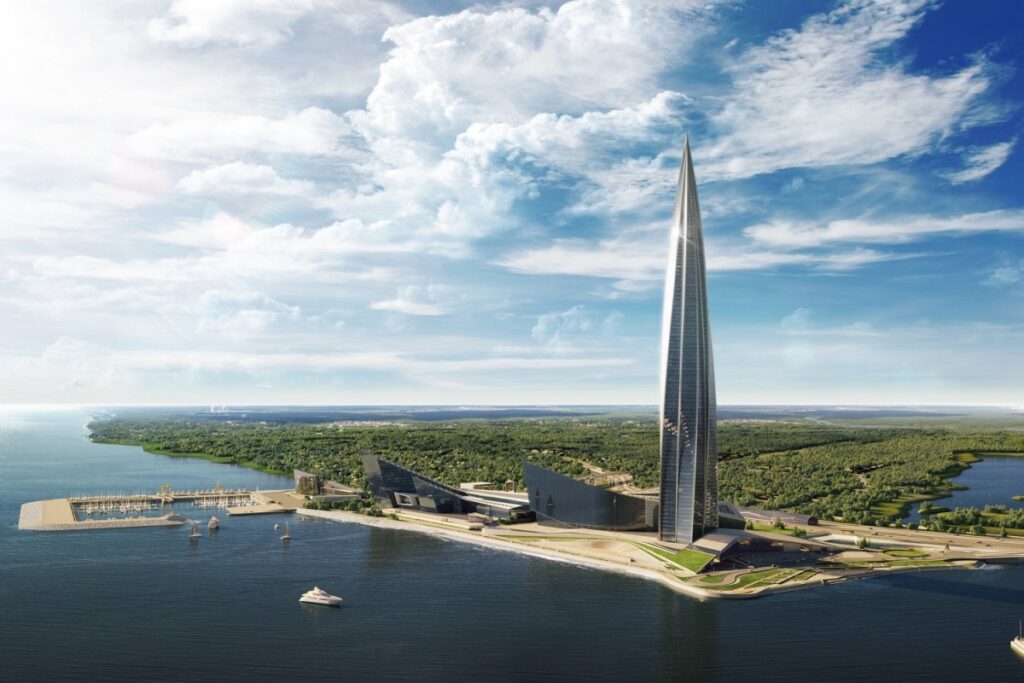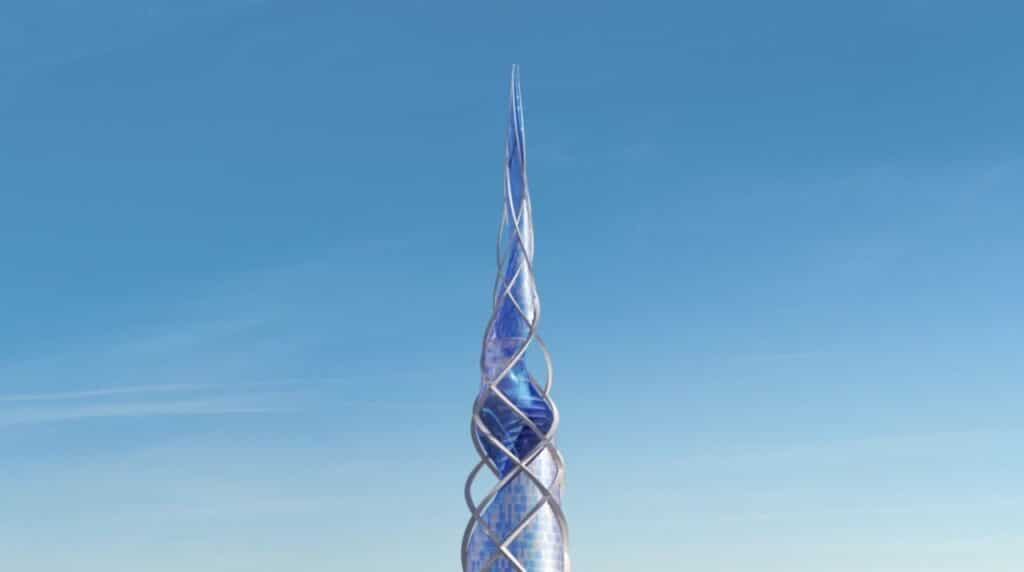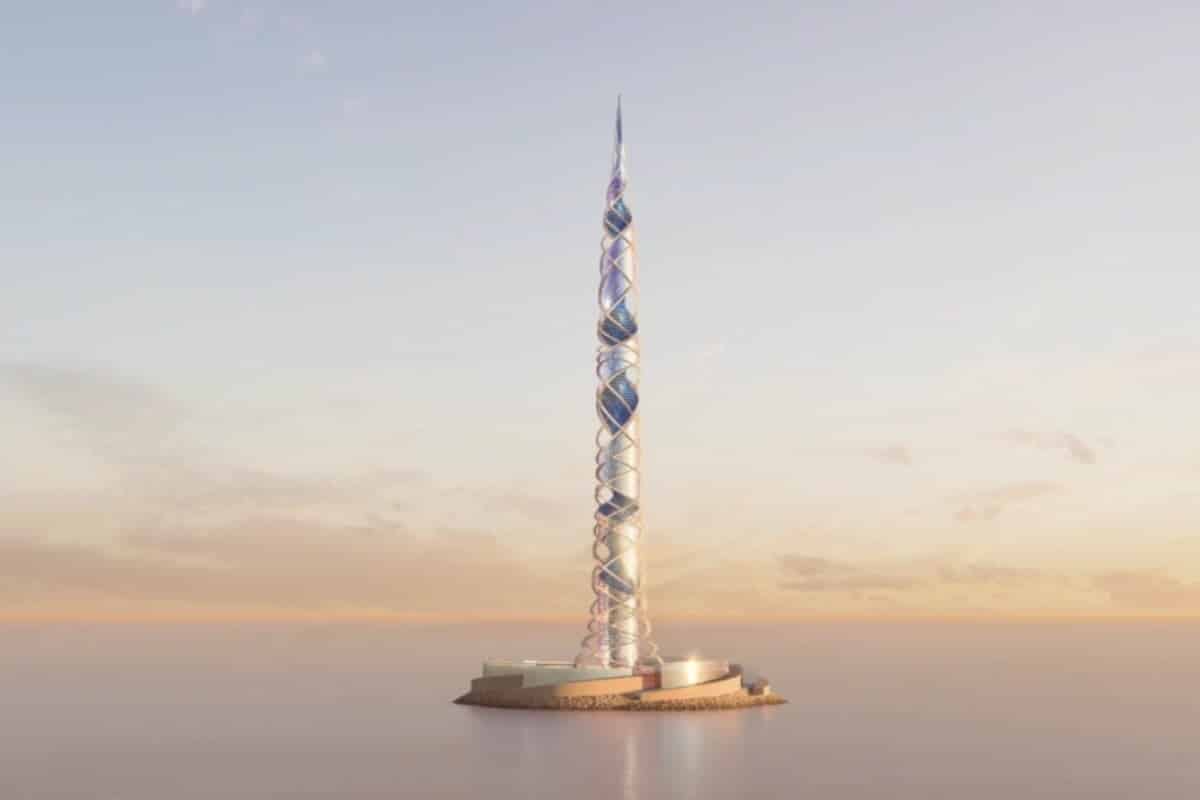One day I will decide to update one of the most visited posts on this site, the one on tallest skyscrapers of the future in the world. The projects advance and the update is a must. Now China boasts the 2nd tallest skyscraper in the world at 632 meters, but the silver medal may soon arrive in Europe.
The new Lakhta Center in St. Petersburg, Russia, with its twisting shape resembling a unicorn's horn, would reach a dizzying height of 703 meters (2.306 feet).
The name refers to the original Lakhta Center, which at 462 m is already the tallest skyscraper in Europe (it is also the 13th tallest in the world). The same designers, those of Kettle Collective, they would like to create its "elder brother" in the shape of a unicorn, which would also arise in its vicinity.

It looks like the horn of a unicorn, but it is not inspired by a unicorn
So why did I write it? O beautiful, but because it reminds me. What questions. However, it must also be said that the twisting shape of the Lakhta Center II and the spire tip are actually inspired by the famous church spiers of St. Petersburg. It is designed to reduce the strong wind loads that buildings face at such heights. The skyscraper would consist of 150 floors, with the top floor at a height of approximately 590 meters (1.935 feet). It would be the highest inhabited floor in the world (even higher than the Burj Khalifa, which in terms of total height would still remain in the lead with its 829,8 metres).
The internal layout of the tower in the project includes offices, residential areas and services, with triple-height atriums and green spaces that break up the monotony of all that steel and glass. Occupants will travel using turbo lifts which get some of their energy from regenerative drives.
A platform for new skyscrapers

“The new Lakhta Center will be a model of sustainable design for global skyscraper projects,” he says Tony Kettle. “It will have the best energy efficient design: The design is both aesthetic and functional as it will considerably reduce wind forces that will impact the structure.”
And this, I imagine, will in turn reduce the size of the structural elements required within the building. And good unicorn.
“The tower was born from a bold idea inspired by energy in all its forms, from helical waves generated around deep space quasars to spirals of wave energy. The structure is sculpted by a series of spiral atriums shared with vertical public spaces.”


